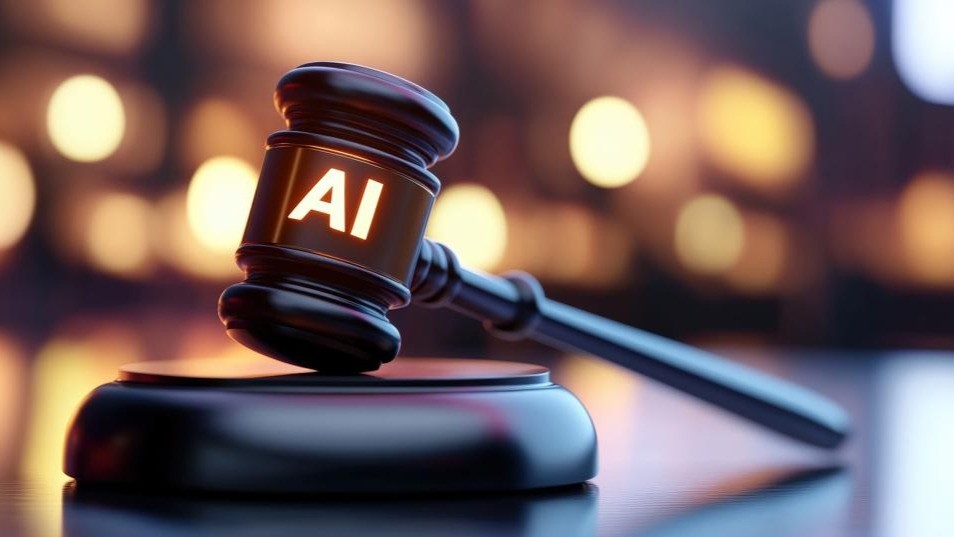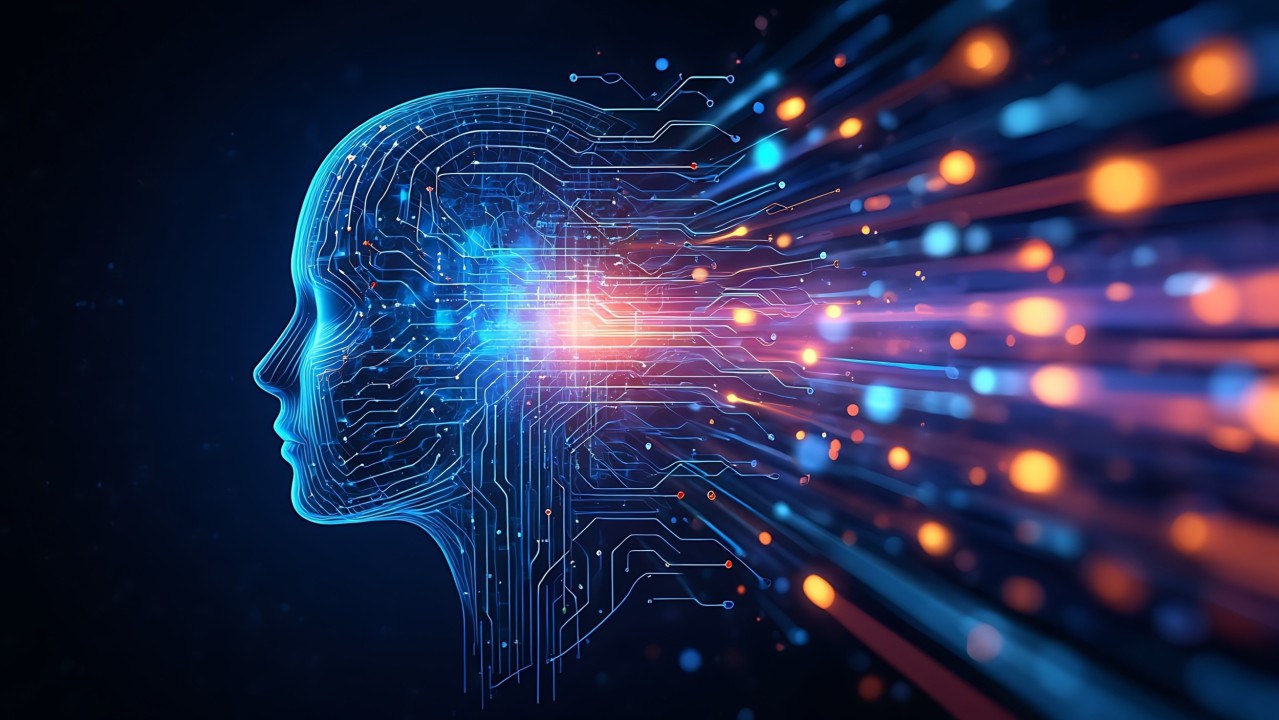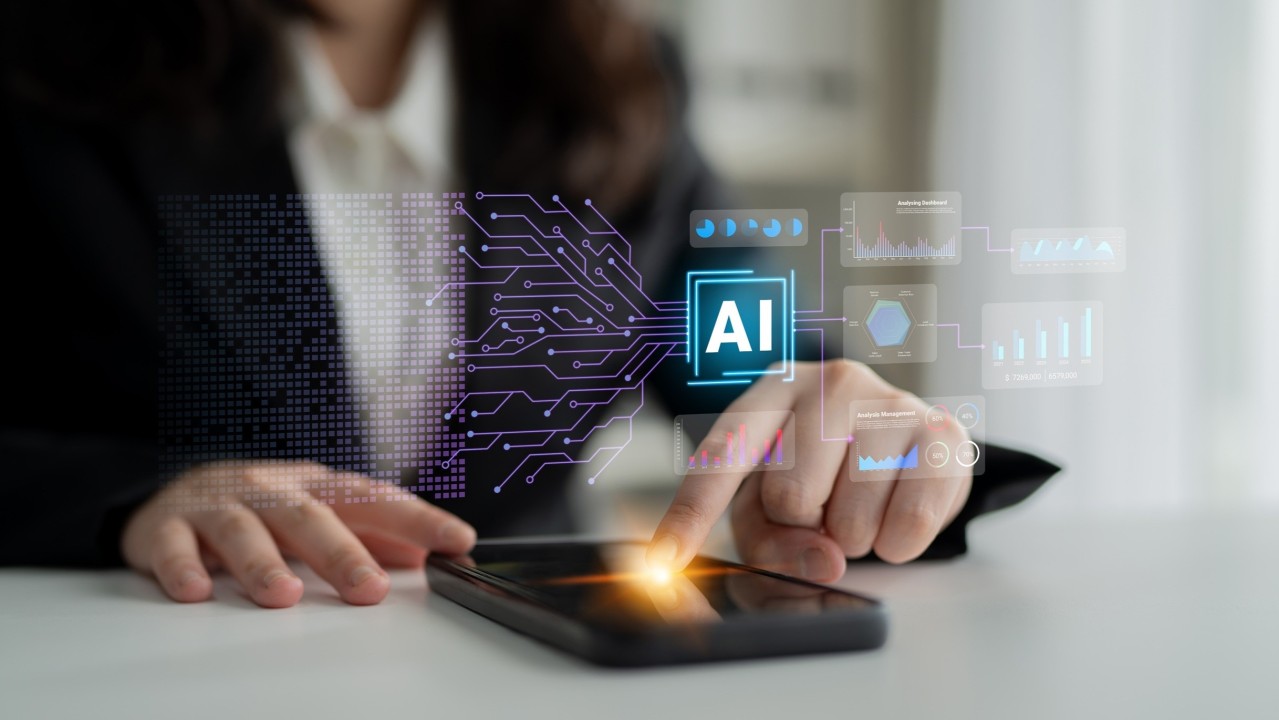AI And Jobs: The Good And Bad News
10 June 2024
In today’s rapidly evolving digital landscape, the discussion about artificial intelligence (AI) and its impact on jobs is more relevant than ever. I’ve witnessed first-hand how AI can be a powerful force for both innovation and disruption. While the advent of AI presents exciting opportunities for augmenting human capabilities and enhancing our work, it also poses significant challenges that we, as a society, must be prepared to face.

Harnessing Human Potential
At its core, AI is about enhancing efficiency and precision in tasks that traditionally require human input. From data analysis to intricate manufacturing processes, AI technologies are increasingly capable of handling complex tasks with astonishing accuracy and speed. This shift offers a profound opportunity to free human workers from the monotony and limitations of routine tasks.
Imagine a world where humans are no longer bogged down by repetitive data entry or basic customer service interactions. Instead, individuals could focus on tasks that require creativity, empathy, strategic thinking, and interpersonal skills — qualities that are uniquely human and not easily replicated by machines. In this way, AI doesn't just replace jobs; it augments them, pushing us to leverage our full potential and cultivate skills that truly differentiate us from machines.
AI-Augmented Jobs
As we envision a future where AI plays a central role in our workplaces, it helps to consider concrete examples of how different jobs are being augmented by intelligent machines. These examples not only demonstrate the potential of AI to enhance productivity and creativity but also illustrate the transition towards more meaningful and human-centric roles.
AI is transforming the educational landscape by providing personalized learning experiences. Intelligent tutoring systems can adapt to the individual learning pace and style of each student, offering tailored educational materials and exercises. This allows teachers to focus on facilitating in-depth discussions, mentoring students, and developing innovative teaching strategies that no AI can replicate.
In manufacturing, AI-driven robots work alongside human workers to perform physically demanding or hazardous tasks. These robots can lift heavy objects or operate in dangerous conditions, reducing workplace injuries and increasing overall safety. Meanwhile, human workers can focus on quality control, machinery maintenance, and other critical thinking tasks, where the nuanced human perception is crucial.
In creative sectors such as music, art, and writing, AI tools can analyze vast amounts of data to suggest combinations and ideas that might not be immediately obvious to human creators, thus expanding the horizons of creativity. For example, AI can suggest chord progressions to musicians or plot ideas to writers, who can then use their unique creative skills to bring these ideas to life in ways that resonate on a human level.
In data analysis, AI is transforming traditional roles by automating the routine processing of large datasets. This allows data analysts to shift from basic data handling to more strategic decision-making. Instead of just reporting data, analysts can now focus on interpreting complex datasets, providing deeper insights, and shaping strategic business or policy decisions. This shift enhances their value to organizations and enriches their job roles by involving them in more high-level, impactful tasks.
The Transition Challenge
However, the integration of AI into the workforce is not without its hurdles. Many roles, particularly those involving routine or predictable tasks, are at high risk of automation. This includes jobs in data entry, supermarket checkouts, taxi driving, and many others that provide employment to millions of people worldwide.
Additionally, as more entry-level roles are automated, opportunities for on-the-job learning, which has traditionally served as stepping stones for career development, may diminish. This could create a gap where new entrants to the job market struggle to gain the initial experience that used to come from these roles.
The challenge lies in the transition. As AI continues to advance, the displacement of workers is an inevitable reality and not everyone is ready for such a shift. The key is to prepare individuals for this change, ensuring they have the skills and support needed to navigate a more automated job market. This involves significant investment in education and training programs, as well as policies that support workers during periods of job transition.
Preparing For A Shift
Educational systems and corporate training programs need to pivot to focus more on developing soft skills like problem-solving, critical thinking, leadership, creativity and emotional intelligence. These are the skills that will be most valuable in an AI-dominated workplace. Moreover, there's a need for lifelong learning frameworks that allow workers to continuously update their skills and stay relevant in their fields as the demand for technical proficiency evolves.
Governments and organizations should also consider safety nets for those whose jobs are most susceptible to automation. This could include retraining grants, unemployment assistance, and counseling services to help workers adapt to new roles and industries.
In the healthcare sector, AI is revolutionizing the way diagnoses are made. For instance, AI-powered imaging tools can analyze thousands of medical images to detect anomalies such as tumors at a speed and accuracy rate that surpasses even the most trained radiologists. This does not replace the doctors but rather augments their capabilities, allowing them to concentrate on patient care and complex medical cases where human judgment is paramount.
The Future Of Work
Despite these challenges, the integration of AI into the job market presents a promising vision for the future of work. As mundane and repetitive tasks are automated, work could become more meaningful and fulfilling, focusing on areas that genuinely require human insight and creativity.
This shift could also lead to greater job satisfaction and well-being as workers engage in roles that are more aligned with human skills and interests. Moreover, with AI handling more of the routine workload, employees could enjoy more flexible work arrangements, potentially leading to a better work-life balance.
The road to an AI-augmented future is fraught with complexities and challenges, particularly when it comes to the impact on jobs. However, with thoughtful preparation and strategic investment in human capital, we can harness the potential of AI to create a workforce that is not only more efficient but also more human.
Related Articles
8 AI Ethics Trends That Will Redefine Trust And Accountability In 2026
By now, “smart” versions exist of just about every home appliance, gadget and gizmos we can think of. However, manufacturers continue[...]
The 7 Banking And Fintech Trends That Will Define 2026
By now, “smart” versions exist of just about every home appliance, gadget and gizmos we can think of. However, manufacturers continue[...]
The 8 Biggest Healthcare Technology Trends To Watch In 2026
By now, “smart” versions exist of just about every home appliance, gadget and gizmos we can think of. However, manufacturers continue[...]
Why The AI Supercycle Will Fail Without Advanced Networks
By now, “smart” versions exist of just about every home appliance, gadget and gizmos we can think of. However, manufacturers continue[...]
The Two-Tier AI Economy: Why Half Of Companies Are Being Left Behind And How To Close The Gap
By now, “smart” versions exist of just about every home appliance, gadget and gizmos we can think of. However, manufacturers continue[...]
5 AI-Era Skills Mistakes That Will Cost Your Business Millions In 2026
By now, “smart” versions exist of just about every home appliance, gadget and gizmos we can think of. However, manufacturers continue[...]
Sign up to Stay in Touch!
Bernard Marr is a world-renowned futurist, influencer and thought leader in the fields of business and technology, with a passion for using technology for the good of humanity.
He is a best-selling author of over 20 books, writes a regular column for Forbes and advises and coaches many of the world’s best-known organisations.
He has a combined following of 4 million people across his social media channels and newsletters and was ranked by LinkedIn as one of the top 5 business influencers in the world.
Bernard’s latest book is ‘Generative AI in Practice’.










Social Media